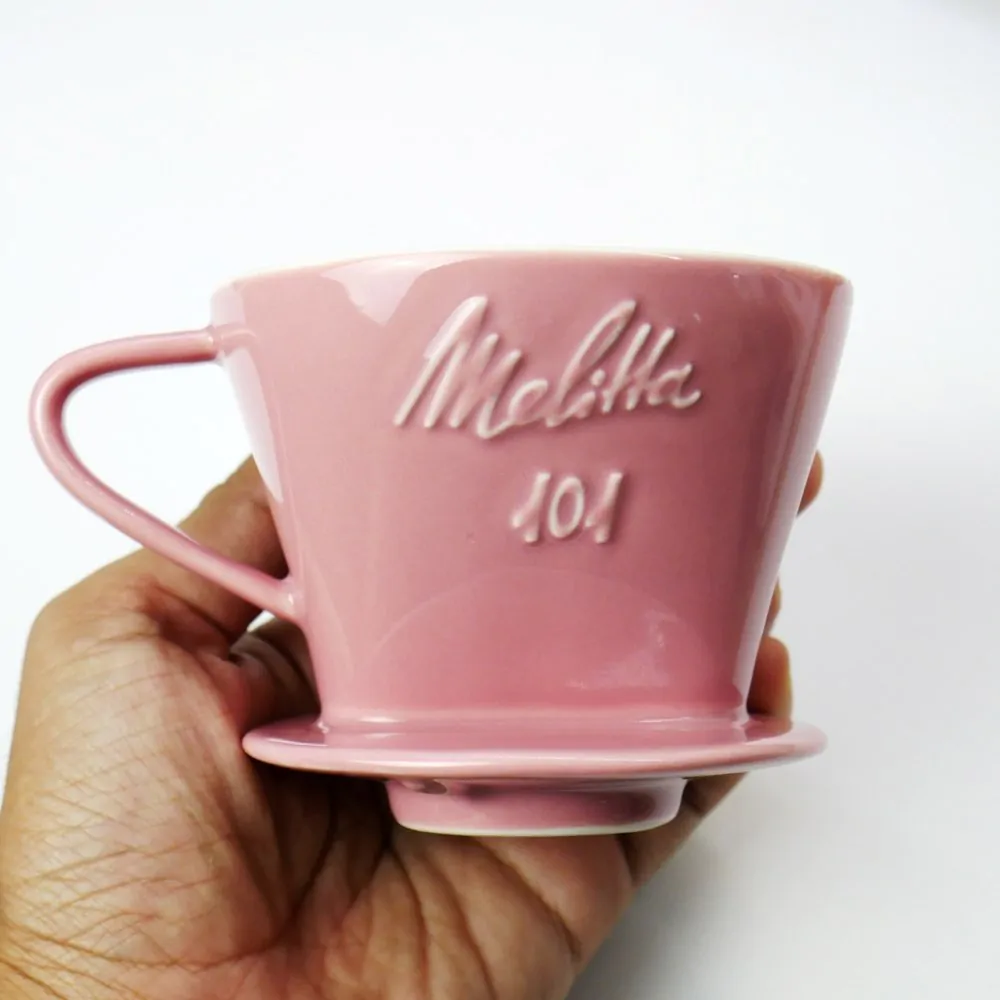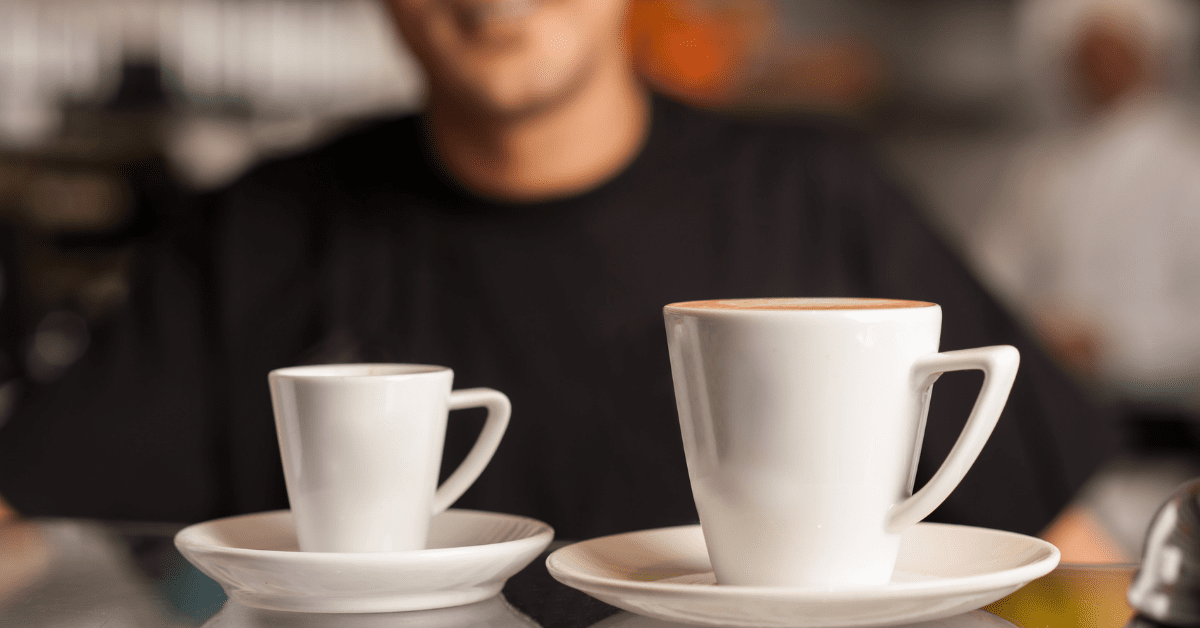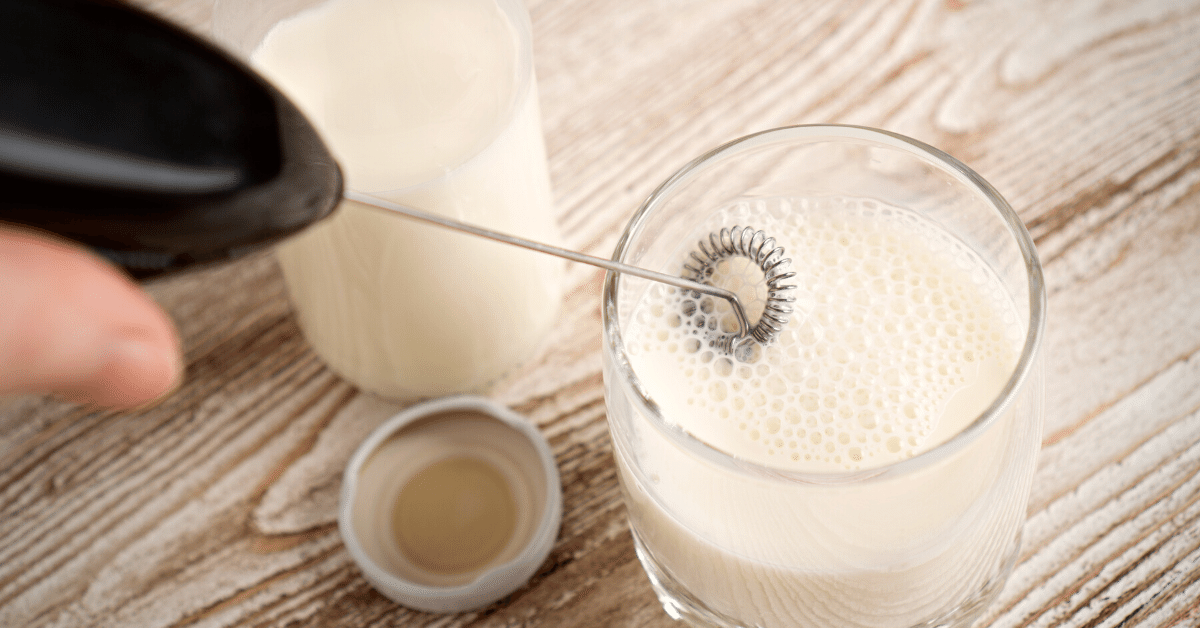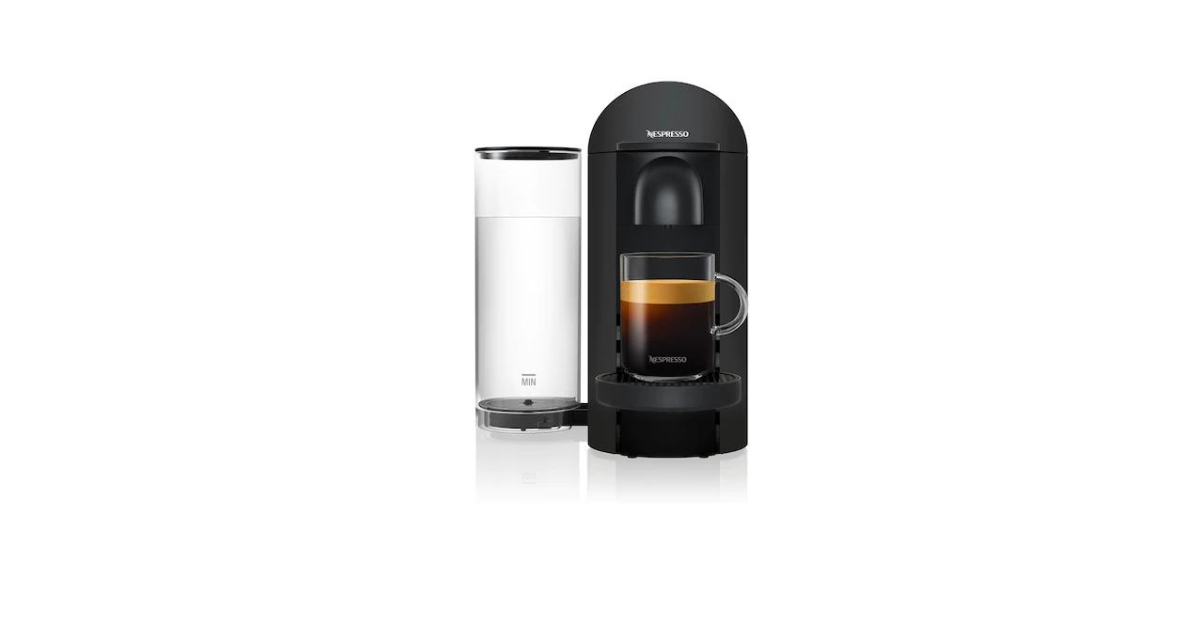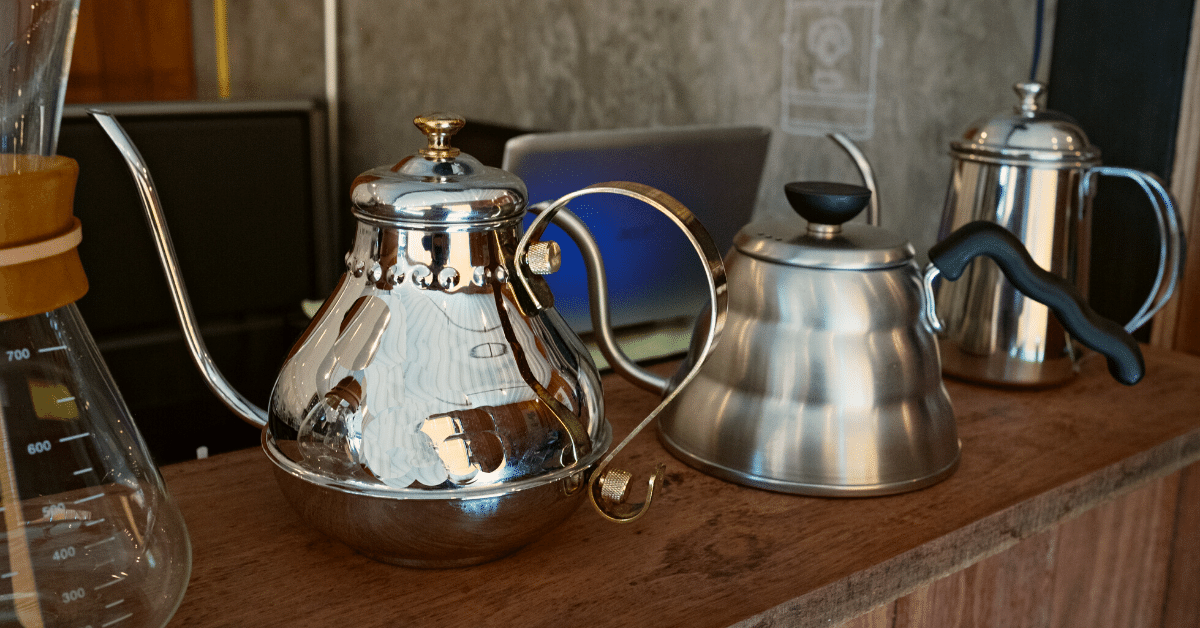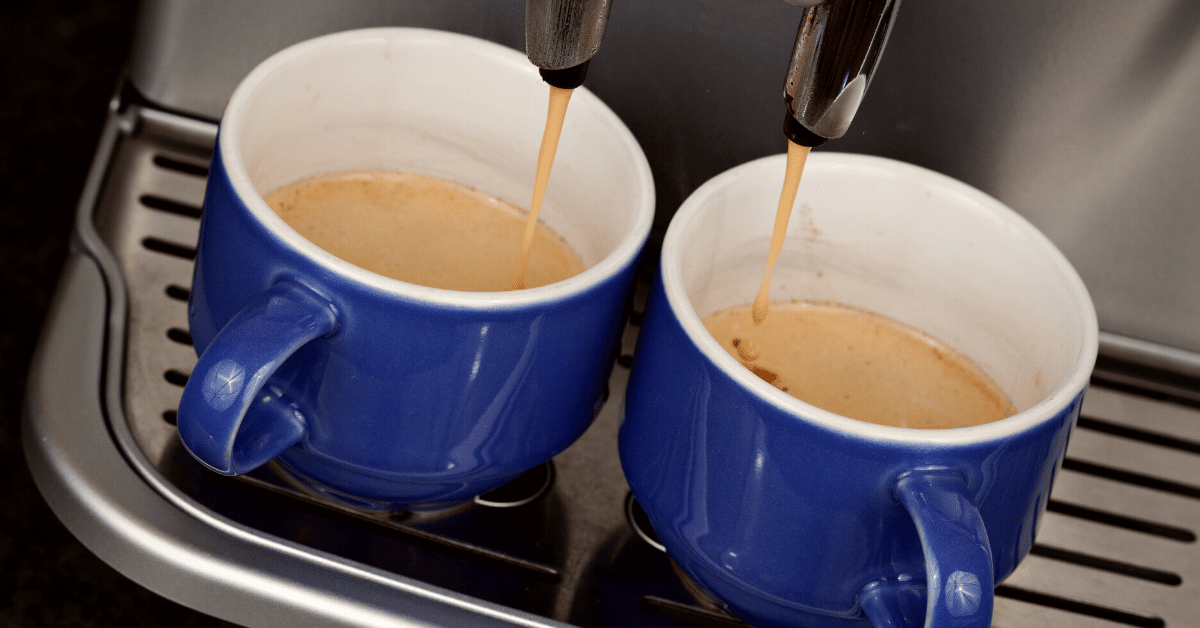In the pour-over world, Melitta pour-over is a well-known brewer. We gathered all the info you might need to figure out whether it is the right coffee maker.
Melitta is one of the more popular pour-over brewers today.
It’s simple but classy and leaves practically no mess behind.
Intrigued?
In this Melitta pour-over review, we’ll cover everything you need to know about this brewer. Hopefully, this should help you decide whether this coffee maker is right for you.
Let’s dive in.
Melitta Pour-Over Brewer: An Overview
It’s the year 1908, and Melitta Bentz, a German coffee lover, is frustrated by the over-extracted coffee she gets using her percolator. Espresso-type machines would let grounds get into your cup, while linen filters were a pain to clean.
But who needs all that to make coffee?
Melitta certainly didn’t. With just a brass pot punctured using a nail and a blotting paper from her son’s school exercise book, she made a dripper. This homemade, easy-to-clean dripper made a tastier cup of coffee, free from sediment or bitterness.
Ms. Bentz was quickly granted the patent, and she started a filter-making company the same year. The design is pretty simple and straightforward, so it’s no wonder the business had early success.
Over the course of a century, the Melitta pour-over brewer changed very little.
The original dripper looked like a coffee cup, a shape that remains to this day. However, while the first model was round, the conical dripper we know today was created in 1932. The change in design allowed water to flow at a slower rate, providing better extraction.
Today, this pour-over brewer is produced in two material options: ceramic and Tritan copolyester. And let me tell you one thing – choosing between them is not as easy as it seems.
In theory, ceramic sounds like a way better option than plastic. But plastic Melitta is lighter and has better thermal properties. In other words, it heats up more quickly, ultimately “stealing” less heat from the coffee.
Plus, accidentally dropping it on the floor shouldn’t cause it to break – which will inevitably happen with ceramic.
With that being said, coffee elitists will tell you that ceramic gives a better taste. Personally, I find the difference in flavor barely noticeable to be called an advantage. But I can’t deny that a ceramic Melitta looks way more sophisticated than its plastic counterpart.
Regardless of the material, Melitta pour-over brewer is simple to clean. You can rinse it in the sink by hand or place it on the top rack of your dishwasher.
Melitta is a single-serve dripper, meaning it only makes one cup of coffee at a time. But the fact that it only makes a small batch at a time allows you to make small adjustments to your brew.
To make the best of your brew with Melitta, light or medium-roasted beans work best. The clean and crisp cup of coffee you get with this brewing method really allows all flavor notes to shine without overwhelming any.
Single-origin coffee also works well with this brewing method, as you can really feel the nuances of the coffee terroir.
How to Brew with Melitta
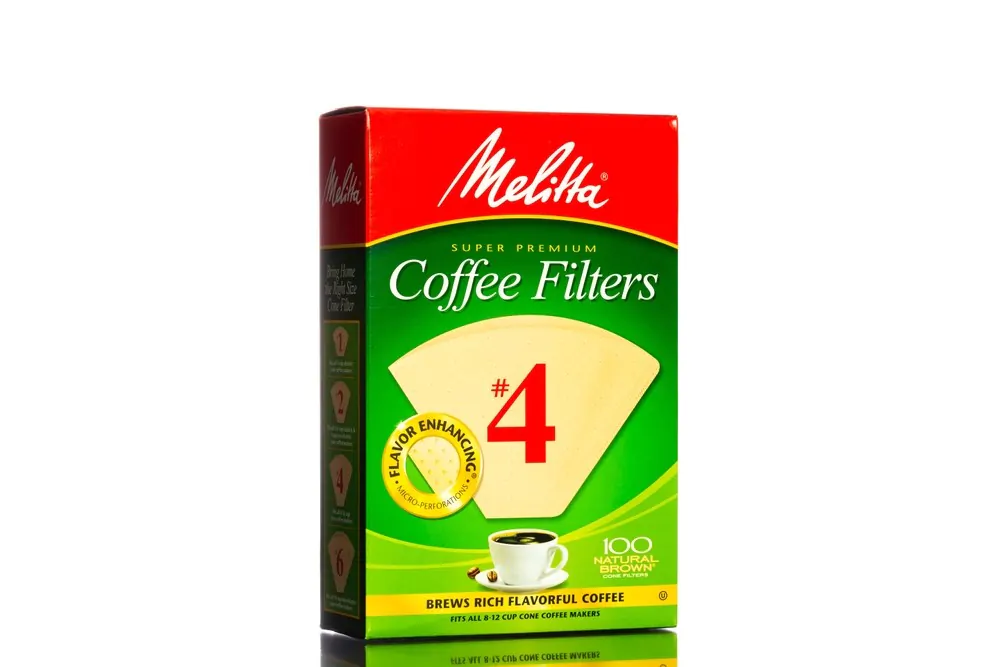
Alright, let’s get brewing. To make coffee using Melitta, you’ll also need:
- #4 paper filter
- Kettle
- Coffee grinder
- Coffee scale
For this brewing method, you’ll need coffee grounds that are medium to medium-fine grind size. Coffee starts losing its taste the moment it’s ground, it’s best to grind your beans just before brewing.
The coffee scale allows you to control the coffee-to-water ratio. There’s no specific ratio you need to aim for – instead, find what works for you. For pour-over, a 1:17 coffee-to-water ratio is a good place to start.
Of course, you need the kettle to heat up the water. You want it to be piping hot but not boiling. The ideal water temperature for brewing coffee is between 195 and 205 degrees Fahrenheit.
If you don’t have a thermometer, it’s not the end of the world. In that case, remove water from the heat once it starts boiling, then let it sit for a minute to cool down a bit.
Finally, you’ll need a filter to keep the grounds out of your brew. Melitta uses standard #4 paper filters. And while the brand doesn’t make reusable filters, you can find a compatible one online.
If you’re using a paper filter, make sure to rinse it first to get rid of the papery taste.
Here are the steps to brew coffee with Melitta:
- Put Melitta brewer onto the mug.
- Place the filter on the brewer.
- Add coffee grounds to the filter.
- Get water heated to the desired temperature, then pour a bit onto the filter, just enough to wet the grounds.
- Wait about 30 seconds before slowly adding more water in a circular motion.
What Customers Have to Say
In theory, Melitta sounds like an amazing pour-over dripper.
But in practice?
Luckily, Melitta has been around for quite a while, so many coffee lovers have already tried it. That means we can find out what they think of the dripper.
And most of them agree that achieving steady results with Melitta pour-over is rather easy. It’s up to you to get the parameters right, but it’s up to Melitta to ensure those parameters make a consistent brew.
Melitta has a single drip hole, which makes coffee brew at a slower rate. By keeping a steady, slow water flow, you can brew coffee with a single pour. Arguably, this is way simpler than pulse pouring, which you need to time right.
With that being said, not all users are satisfied with the slow water flow. And that’s because it can cause coffee to over-extract. As a result, the brew is a little bitter. This is not a quality everyone wants in their cup, so it’s something to keep in mind.
How Does Melitta Compare to Other Pour-Over Brewers?

To a casual coffee drinker, all pour-over brewers may look alike. But it’s the details that make a difference when it comes to the coffee they make.
The Kalita pour-over looks a lot like Melitta. But the key difference lies in the three holes it has, while Melitta has a single hole. With Kalita, water drips faster.
This means you need to use pulse pouring, with breaks between each pour.
Pulse pouring requires more effort than continuous pouring, so Kalita needs more attention on your part. This, of course, makes the final result somewhat different, with Kalita coffee being cleaner and less harsh.
Just like Kalita, Chemex also requires pulse pouring. But the clear advantage Chemex has over Melitta is the brew size. Chemex comes in capacities ranging from 3 to 13 cups, so you can brew coffee for a group.
Melitta, on the other hand, brews a single cup at a time.
And then we have the Hario V60. The V60 also has a larger bottom hole compared to Melitta, so it drips faster. However, the grooves inside the dripper help in slowing down the water flow, allowing an even extraction.
Hario makes a somewhat cleaner and crispier cup of coffee.
The only issue I have with the brewer is that it requires special Hario filters, which are somewhat more difficult to come by.
Final Thoughts on Melitta Pour-Over Brewer
Melitta is a decent brewer for any fan of pour-over coffee.
It’s simple to use, makes a consistent cup of coffee, and it’s easy to clean.
If you’re making a single cup of coffee in the morning, this is a great brewer for you. It’s pretty compact, so it won’t take up much space in your kitchen. Plus, it looks kind of fancy, too.
Melitta is the oldest pour-over coffee brewer, and it’s a living proof time and again that some traditions ought to be preserved, at least when it comes to brewing pour-over coffee.
Looking for the right coffee beans for your Melitta brewer? Check out our top picks of the best pour-over coffees.

